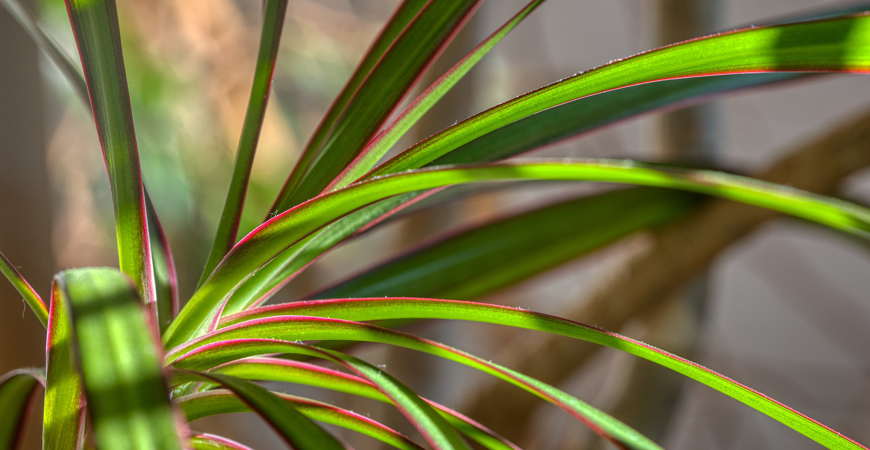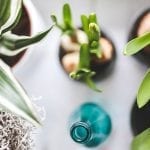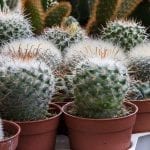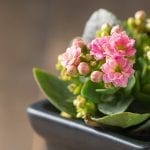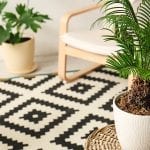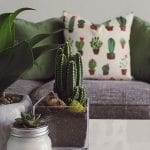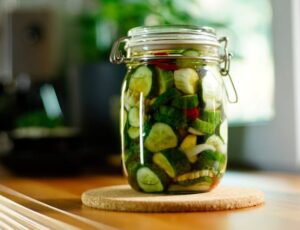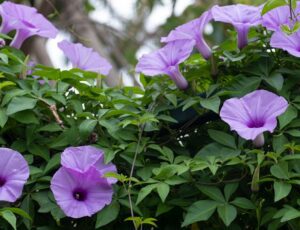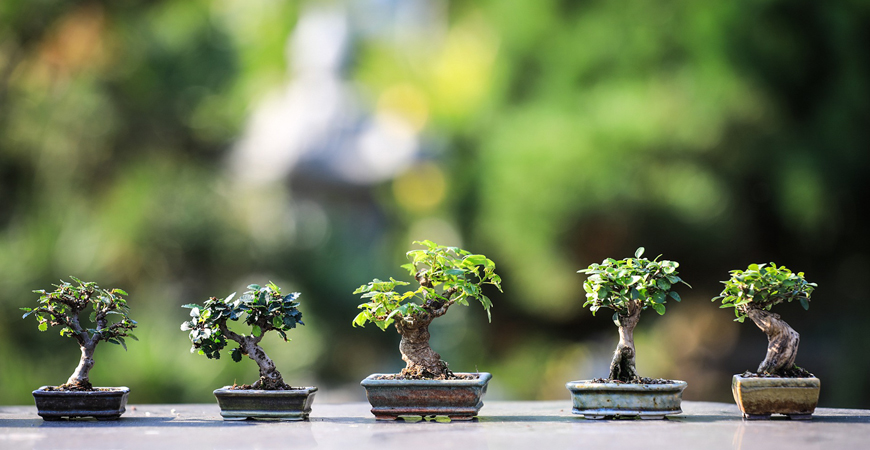
Grow Indoor Trees for a Healthier Home
Did you know that growing indoor greenery can improve your mental and physical well-being? Having indoor trees can help you breathe easier, focus better, and feel happier. Here we’ll cover 3 popular indoor trees to beautify your space, bring nature inside, and enhance your everyday life.
Bonsai Tree
For some, Bonsai gardening or the practice of caring for a bonsai plant is an absorbing hobby. First grown and cultivated in Japan, this miniature tree demands constant care, love, and focused attention to thrive.
A few tree varieties often used for bonsai include ficus, jade umbrella (dwarf), cotoneaster, juniper, spruce, and boxwood. The quiet concentration required when pruning can relieve stress. And, you’ll feel a sense of accomplishment when the tree thrives under your care.
Growing bonsai is thought to increase a sense of peace, exercise the brain, and boost creativity.
Soil
– Choose a basic potting mix suitable for bonsai trees and add amendments depending on the type of tree. Or, purchase bonsai soil specifically blended for your particular tree species.
A good-quality potting soil will ensure proper drainage and provide good aeration.
Mature plant size
– The height and width will depend on how you trim and train your bonsai.
Indoor temperature requirements
– Most bonsai prefer temperatures between 64 to 75 degrees Fahrenheit during the day. And 57 to 61 degrees Fahrenheit during the night.
Light requirements
– Most tree species used for bonsai require full sun. Furthermore, set the plant on a sunny windowsill or near a window in a south-facing room.
Humidity Needs
– During winter, it’s a good idea to increase the humidity around the plant. Place your bonsai in a shallow tray filled with gravel and water.
As the water evaporates, moisture is released into the air. This will replenish lost humidity in a room due to indoor heating.
Water requirements
– Add water when the soil looks dry and never let the soil completely dry out. Additionally, avoid disturbing the soil when watering.
If your bonsai receives full sun, then water it once a day. However, your watering schedule may vary depending on the type of soil, the size of the pot, and the tree species.
Use a small watering can to gently water your bonsai. Continue adding moisture until it runs out the hole at the container bottom.
Fertilizer requirements
– Since your bonsai will grow indoors, regular soil fertilization is necessary. Most general-purpose liquid fertilizers will work, but dilute them with water to one-half the recommended strength.
Apply fertilizer monthly except during the winter. Your bonsai will also benefit and grow from a foliar feeding, applied bi-monthly as a spray.
Dracaena
The Dracaena tree is one of the best indoor plants for air purification. The trees help remove airborne chemicals such as benzene and carbon dioxide from the air indoors.
Removing these chemicals from the air can help ease headaches, respiratory problems, and anemia. Growing a dracaena tree will help you breathe easier, improve indoor air quality, and enhance your overall health.
Soil – The trees need well-draining, fertile soil.
Mature plant size – Although a slow grower, a dracaena tree can reach up to six feet when grown indoors. Mature trees have thick trunks with foliage above, looking similar to a palm tree.
Indoor temperature requirements – Dracaena trees will grow in a wide range of indoor temperatures but prefers the best temperature of 60 to 75 degrees.
Light requirements – Place your dracaena tree in a room that receives indirect or bright filtered light. However, it can tolerate some low light conditions.
Water requirements – Water regularly to keep the soil moist and let the soil dry slightly between waterings. If the soil is too dry, then the leaf tips will start to brown.
If your plant is still strong and mighty come autumn and late winter, reduce the watering. To increase humidity, place the indoor plant container on a bed of pebbles and water.
Fertilizer requirements – Feed your Dracaena with a water-soluble plant food diluted to half strength. The plant will slow how it will grow in winter, so feeding your dracaena trees isn’t required.
Pests and Disease – Dracaena trees may be affected by scale insects, spider mites, and mealybugs. Diseases such as bacterial and fungal spots, soft rot, or root rot can occur.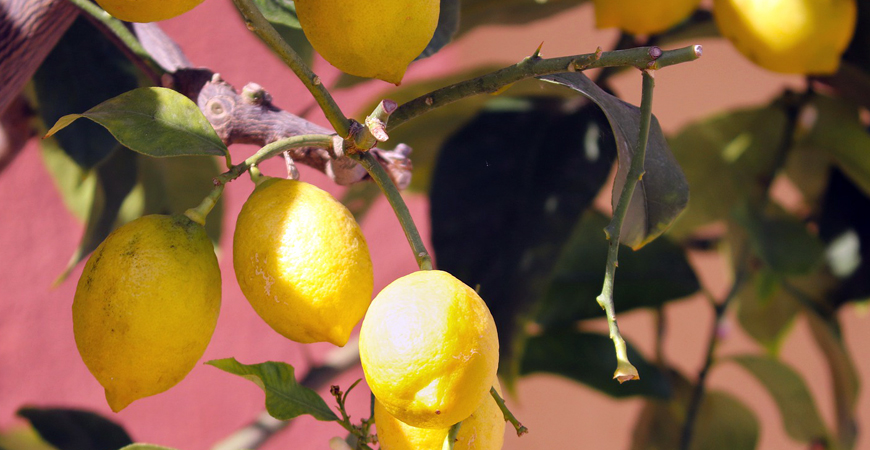
Meyer Lemon
Lemon fruits are the best because of high vitamin C, heart-healthy, and provide numerous plant compounds to lower cholesterol. The fruit of the Meyer lemon tree tastes sweeter than other lemon trees making it a favorite of home cooks to grow.
The bright citrus aroma will impart an enjoyable, fresh scent indoors. And, with the right room indoors, growing conditions, and care, the tree will produce the best fruit.
Plus, it will purify your indoor air removing pollutants, decreasing dust, and increasing the room’s humidity.
Soil – Grow in a 5-gallon pot filled with all-purpose potting soil.
Mature plant size – With careful pruning, your lemon tree can be maintained to a height of 4 feet. Allowing for plenty of juicy lemons to enjoy year-round.
Indoor temperature requirements – The plant thrives in temperatures between 50 and 80 degrees Fahrenheit.
Light requirements – Meyer lemons prefer a minimum of 6 hours of sunlight per day. Your tree may require a heat lamp during the winter months if it does not receive enough light.
Water requirements – Keep your Meyer lemon tree well hydrated. Water the plants in the late afternoon when it’s the warmest temperature of the day.
But, if the leaves look dry and wilt, the tree may need more water.
Fertilizer requirements – Apply a nitrogen-rich fertilizer 3 times a year, in February, May, and August.
Pests and Disease – Indoor Meyer lemon trees are susceptible to aphids, mites, and scale. In addition, lemon trees are native to the outdoors and prefer fresh circulating air.
Therefore, moving air can regulate humidity, replenish CO2 levels, and prevent pests and diseases. So, set a fan near your tree to provide a slight breeze.
The many benefits of growing indoor trees include enhancing a person’s physical and mental well-being. Plus, they beautify any indoor space! If you’re not ready to grow a tree indoors, here are some of the best indoor plants to grow indoors instead!
If you have an indoor tree, let us know what type of tree and the best tip or trick for caring for your tree in the comments below!

